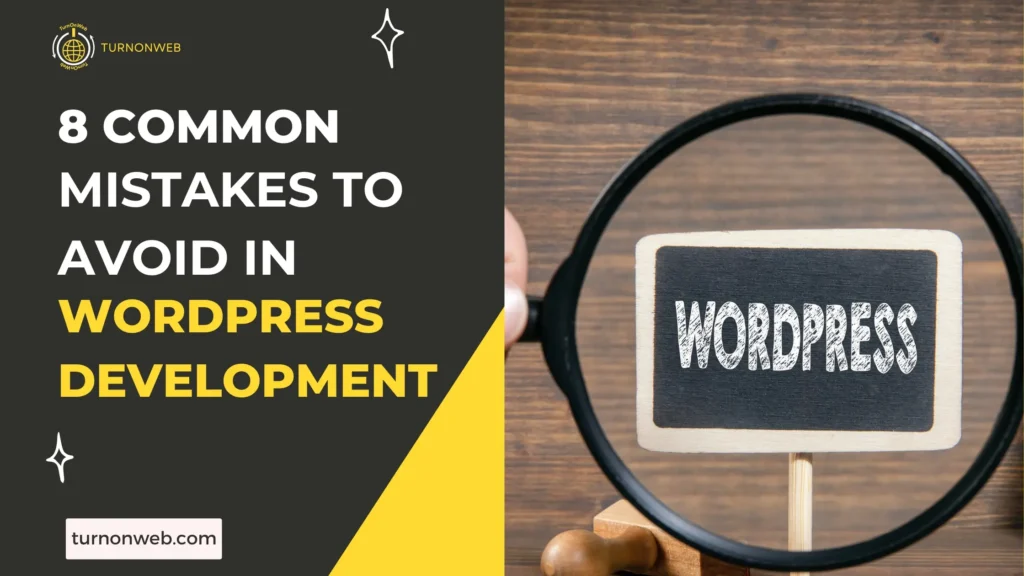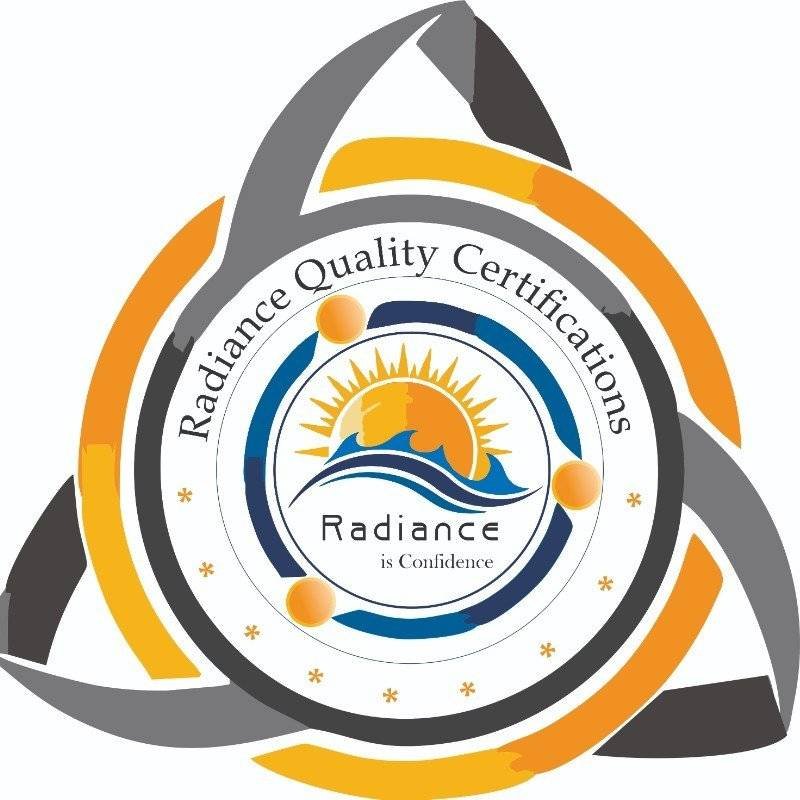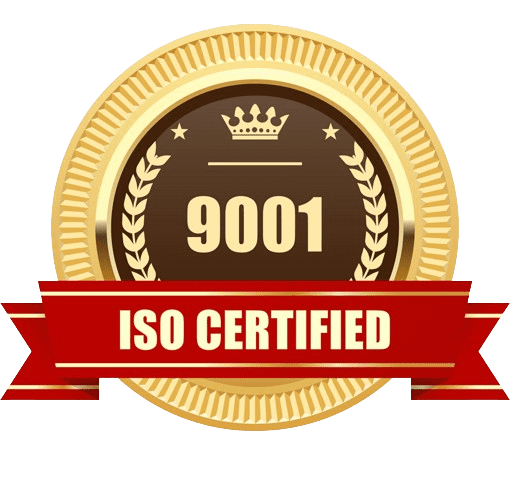8 Common Mistakes to Avoid in WordPress Development

Are you building a WordPress site? It’s easy to make a few missteps along the way, especially if you’re new to the platform. WordPress is user-friendly, but that doesn’t mean it’s foolproof.
In this article, we’ll walk you through eight common mistakes WordPress developers often make and how to steer clear of them. Ready to create a stellar WordPress site without the headaches?
1. Choosing the Wrong Theme
Why It Matters
The theme you choose sets the tone for your entire site. It affects aesthetics, functionality, and user experience.
Common Pitfalls
- Overlooking Responsiveness: Many themes look great on desktops but fall apart on mobile devices.
- Ignoring Customization Options: Limited customization can restrict your ability to personalize your site.
How to Avoid
- Test for Responsiveness: Ensure the theme adjusts well to different screen sizes.
- Check Reviews and Ratings: Look for feedback on customization and flexibility.
2. Neglecting Plugin Compatibility
Why It Matters
Plugins add functionality to your site, but not all plugins play nicely together.
Common Pitfalls
- Installing Too Many Plugins: This can slow down your site and cause conflicts.
- Using Outdated Plugins: These can pose security risks and compatibility issues.
How to Avoid
- Limit Plugin Use: Only install plugins that are necessary.
- Regularly Update Plugins: Keep them up-to-date to avoid security vulnerabilities.
Related: Pros and Cons: Is WordPress the Right Choice for Your Business Website?
3. Skipping Regular Backups
Why It Matters
Backups are your safety net. If something goes wrong, you need a recent backup to restore your site.
Common Pitfalls
- Relying on Hosting Providers: Assuming your host has you covered can be risky.
- Infrequent Backups: Weekly or monthly backups might not be enough.
How to Avoid
- Use Backup Plugins: Consider plugins like UpdraftPlus or BackWPup.
- Schedule Regular Backups: Daily backups ensure you always have the latest data.
4. Poor Site Security
Why It Matters
Security is crucial to protect your site from hackers and malware.
Common Pitfalls
- Weak Passwords: Easily guessable passwords can lead to breaches.
- Ignoring Security Plugins: Not using security measures can leave your site vulnerable.
How to Avoid
- Strong Passwords: Use complex passwords and change them regularly.
- Install Security Plugins: Tools like Wordfence or Sucuri can safeguard your site.
Related: 5 Essential Tips for Successful Shopify Website Development
5. Ignoring SEO Best Practices
Why It Matters
SEO helps your site rank higher in search engines, driving more traffic.
Common Pitfalls
- No Keyword Research: Not targeting relevant keywords can hurt your visibility.
- Ignoring Meta Tags: Missing meta descriptions and title tags can impact your rankings.
How to Avoid
- Conduct Keyword Research: Use tools like Google Keyword Planner or Ahrefs.
- Optimize Meta Tags: Ensure each page has unique meta descriptions and title tags.
6. Overlooking Site Speed
Why It Matters
Site speed affects user experience and SEO. Slow sites can drive visitors away.
Common Pitfalls
- Large Images: Uncompressed images can significantly slow down your site.
- Too Many HTTP Requests: Excessive requests can bog down your site.
How to Avoid
- Optimize Images: Use tools like TinyPNG to compress images.
- Minimize HTTP Requests: Limit the number of elements on your pages.
7. Failing to Use Child Themes
Why It Matters
Child themes let you customize your site without losing changes during updates.
Common Pitfalls
- Direct Theme Customization: Editing the main theme files can result in lost changes.
- Ignoring Updates: Fear of losing customizations can lead to skipping theme updates.
How to Avoid
- Create a Child Theme: Follow WordPress guidelines to set up a child theme.
- Regular Updates: Keep both parent and child themes updated for security and functionality.
8. Not Testing Changes
Why It Matters
Testing ensures that changes don’t break your site or negatively impact user experience.
Common Pitfalls
- Skipping Staging: Making changes directly on a live site can cause disruptions.
- Ignoring User Feedback: Not considering user experience can lead to poor site performance.
How to Avoid
- Use a Staging Site: Test changes in a staging environment before going live.
- Gather Feedback: Regularly ask for user feedback to identify potential issues.
How WordPress Development Company Can Help?
Navigating WordPress development can be challenging, but you don’t have to do it alone. TurnOnWeb offers expert WordPress development services tailored to your needs. Here’s how TurnOnWeb can help you avoid common mistakes:
- Expert Theme Selection and Customization.
- Plugin Management.
- Regular Backups.
- Robust Security Measures.
- SEO Optimization.
- Speed Optimization.
- Child Theme Implementation.
- Thorough Testing.
Conclusion:
Navigating WordPress development can be challenging, but by avoiding common mistakes, developers can ensure a smoother, more efficient process. Understanding and addressing these pitfalls is crucial for creating robust, secure, and user-friendly websites. By avoiding the above common mistakes, you can create a more secure, efficient, and user-friendly WordPress website that meets the needs of your audience.
For personalized guidance and professional WordPress development services, schedule a free consultancy with TurnOnWeb. Our experts can help you navigate the complexities of WordPress development, ensuring your site is optimized for performance, security, and user experience.
Contact us today to get started on creating a successful WordPress website tailored to your specific needs.
Related: What Are the Advantages of Investing in a Website Development Company?
People Also Ask
1. How often should I back up my WordPress site?
You should back up your WordPress site regularly to ensure you have a recent copy of your data in case of any issues. For most sites, a weekly backup is sufficient, but if you update your site frequently or run an e-commerce store, consider daily backups. Additionally, always perform a backup before making any significant changes or updates to your site.
2. Can too many plugins slow down my site?
Yes, having too many plugins can slow down your site. Each plugin adds additional code and processes that your server has to execute, which can increase load times. It’s essential to use only the necessary plugins and ensure they are well-coded and regularly updated. Deactivate and delete any plugins you no longer use to keep your site running efficiently.
3. Why is site speed important for SEO?
Site speed is crucial for SEO because it directly impacts user experience. Faster loading times lead to lower bounce rates and higher user engagement, which are positive signals to search engines. Google also considers site speed as a ranking factor, meaning faster sites are more likely to rank higher in search results. Optimizing your site’s speed can improve both your search engine rankings and overall user satisfaction.
4. What is a child theme in WordPress?
A child theme in WordPress is a theme that inherits the functionality and styling of another theme, called the parent theme. Child themes allow you to customize your site without modifying the parent theme’s files. This is beneficial because it ensures that your customizations are not lost when the parent theme is updated. Child themes are a safe and efficient way to make theme modifications and ensure your site remains up-to-date.
- QUICK LINKS
TurnOnWeb Solutions - Zoho's Partner
- QUICK LINKES
- SERVICES




